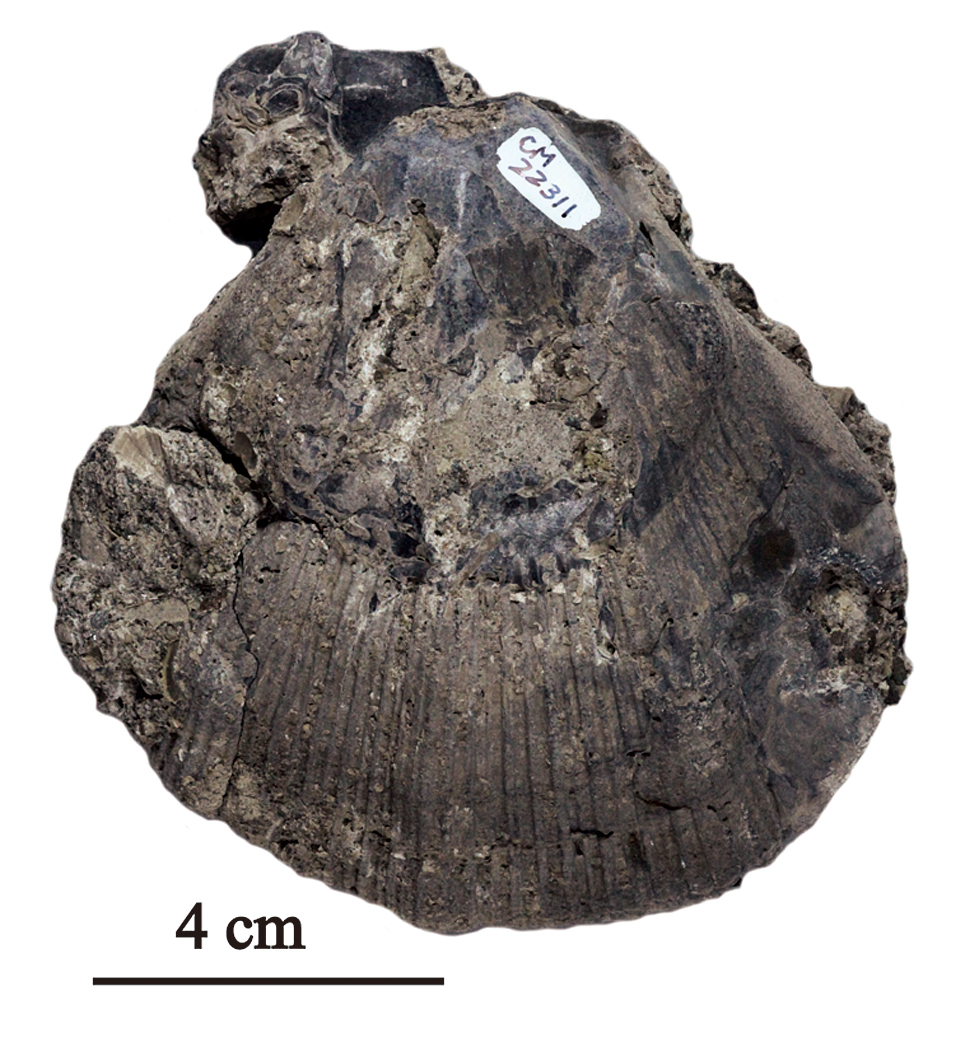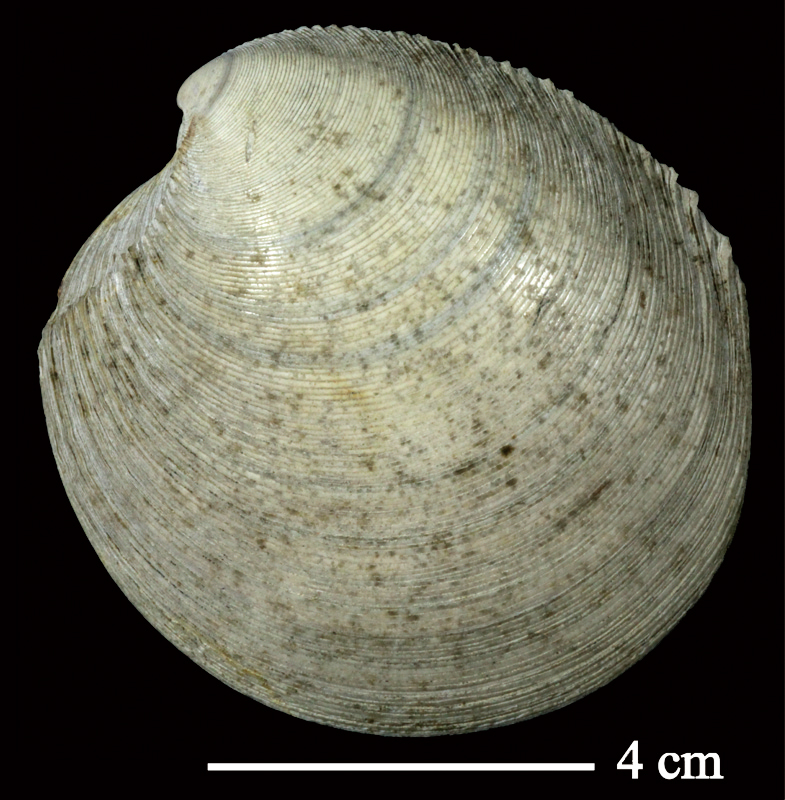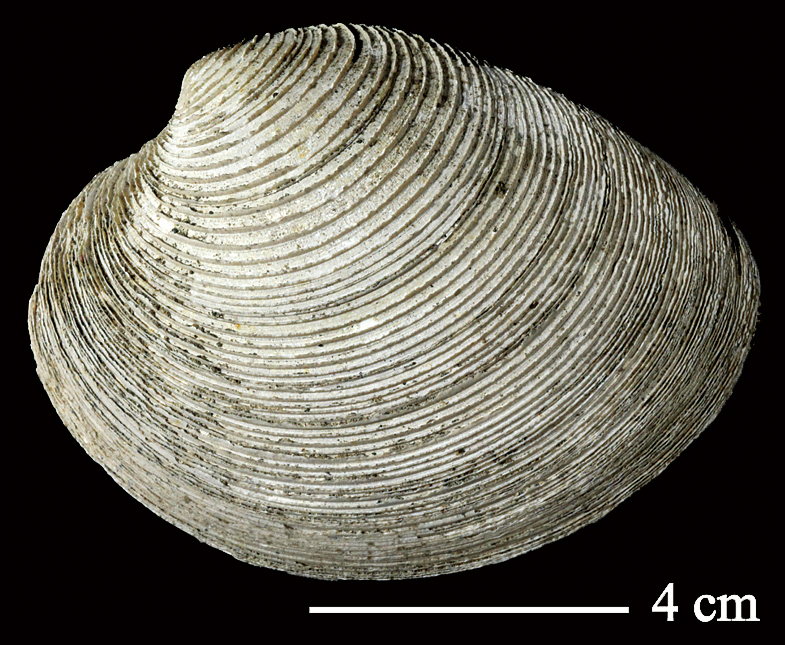D2
Dawn of paleontology in Japan
Paleontology in Japan was initiated by professors Naumann and Brauns who were invited from Germany. The first publication by a Japanese student was made by Kochibe (1883). He investigated geology and fossils from Joban area. His specimens were missing but discovered in 2010. Dr. Matajiro Yokoyama was the first Japanese professor in Paleontology. He studied all kinds of fossils from various geologic ages in the beginning but later concentrated his research on Cenozoic molluscs. Since then, Japanese fossils have been investigated by Japanese paleontologists without assistance of foreign professors. Yokoyama’s specimens comprise the most important core of the museum collection from the 1890 to the 1930. (Takenori Sasaki & Yasuhiro Ito)
References
松原尚志・佐々木猛智・伊藤泰弘 (2010) 「日本人による最初の新生代貝類の記載論文(巨智部1883)とその図示標本の発見について」『化石』 88: 39-48。



